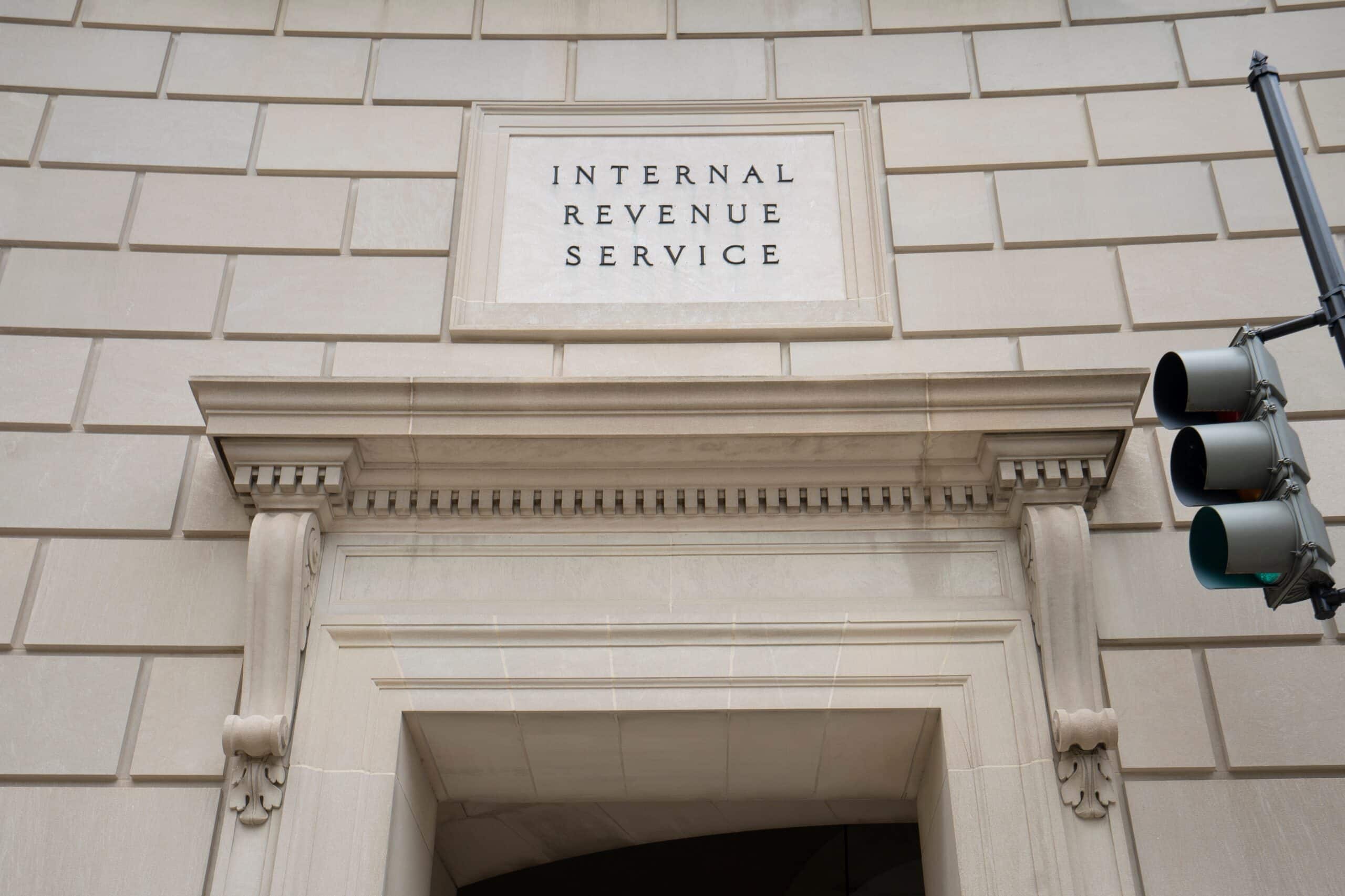3 Keys to Mastering Crypto Taxes, From IRS Monitoring to NFT Losses

As the year closes, crypto investors face the annual project of navigating the complex world of digital asset taxation. With the Internal Income Provider (IRS) increasing its efforts to note and tax cryptocurrency transactions, investors needs to be properly suggested to salvage sure they’re compliant.
From determining how the IRS tracks crypto actions to employing programs admire tax loss harvesting for NFTs, and greedy the tax implications of mining and staking, this manual delves into foremost points that crypto fans – seasoned traders and newcomers – ought to mild know for efficient, year-discontinuance tax planning.
1. That it is doubtless you’ll possibly also’t camouflage from the IRS
The decentralized, nameless nature of many digital asset transactions might possibly tempt investors to no longer file those assets at tax time. However, the IRS has ways of checking out and the penalties are steep if it catches somebody intentionally lying on their tax sorts.
“Brokers admire Coinbase and Gemini are required to file 1099-MISC sorts, which file earnings, admire staking earnings. The IRS receives a duplicate of those sorts, alongside with the taxpayers,” acknowledged CoinLedger CEO David Kemmerer for the duration of a name with Unchained, explaining view to be one of the precious ways in which the IRS can assemble out about crypto holdings.
Previous the 1099 sorts, Kemmerer well-liked that the IRS employs on-chain analysis companies to note cryptocurrency movements. The IRS has also inclined John Doe summonses, a correct instrument to form data from crypto exchanges about unidentified taxpayers who will most definitely be attempting to evade paying taxes.
Takeaway: Making sure entire transparency on your crypto transactions is key. With the IRS an increasing number of vigilant and equipped with delicate monitoring programs, blooming reporting is foremost to protect faraway from correct concerns.
2. Salvage those Rekt NFTs
The crypto frosty weather has been particularly exhausting on non-fungible tokens (NFTs), with a staggering selection of the assets plummeting in mark. A dappGambl see from September revealed that out of 73,257 NFT collections reviewed, 69,795 had a market cap of 0 ether (ETH), rendering them in actual fact worthless. In this tough landscape, modern programs admire tax loss harvesting dangle emerged for investors to offset these losses.
Crypto agency Unsellable buys those devalued or illiquid NFTs, which helps an investor convert paper losses into true financial losses that can even be documented for tax purposes. Those losses can potentially offset other capital gains or decrease taxable earnings.
Study extra: Why the Proposed IRS Broker Rule and the Monetary institution Secrecy Act Are Being Puzzled for Constitutionality
“Tax loss harvesting in general involves going through your portfolio and determining the losses that you’ve taken this year where you would part with those assets,” explained Unsellable co-founder Skyler Hallgren in a phone interview. “That it is doubtless you’ll possibly also brand those losses to write the capital gains that you had this year. In the United States, you would write down unlimited capital gains, and as a lot as an additional $3,000 in abnormal earnings. Any unused losses might even be carried forward into future years as properly.”
“For illiquid NFTs, the resolution gets a minute bit bit more uncomplicated because, for the most part, those had been projects that had been rug pulls or dangle been abandoned since then,” he endured.
Takeaway: The sharp decline in NFT values offers an various for investors to make employ of tax loss harvesting to potentially offset other gains or decrease taxable earnings.
3. File mining, staking values
Mining and staking are two key programs for incomes digital assets, nonetheless in addition they yelp strange tax implications. Mining involves the employ of computing energy to clear up complex mathematical concerns that validate transactions on the blockchain, rewarding miners with contemporary crypto tokens. Staking, on the opposite hand, involves maintaining funds in a crypto wallet to make stronger the operations of a blockchain community, incomes rewards in return. Every mining and staking are viewed by the IRS as earnings-generating actions.
“Any create of generating earnings with crypto, admire mining or staking, is taxed on the blooming market mark of the cryptocurrency on the time it was as soon as received,” Kemmerer explained. “For example, let’s inform I received a job and in addition they paid me in 0.5 bitcoin reduction in July. I’m booking earnings on the blooming market mark of bitcoin in July.”
This implies the crypto earned, whether or no longer you mild dangle it, is taxable in step with its mark for the time being you secure it, no longer ought to you opt out to promote or alternate it. This procedure can dangle varying implications.
Study extra: New Accounting Principles Will Enable Corporations to File Crypto Earnings as Neatly as Losses
For example, if the crypto’s mark rises after you secure it, your tax authorized responsibility is in step with the decrease mark on the time of receipt, potentially lowering your tax burden. However, if the mark decreases later, you mild owe taxes in step with the on the muse higher mark on the time of acquisition. This can even merely consequence in a tough pain where your tax bill will most definitely be higher than the sizzling market mark of the crypto.
Takeaway: Diligent financial monitoring of the mark of mining or staking rewards on the time of receipt is foremost for blooming tax reporting, because the IRS taxes these actions in step with this initial mark, vastly impacting your tax responsibilities.
CORRECTION (Dec. 28, 2023, 13:22 EST): Amends Hallgren quote regarding write-down in the U.S. of unlimited capital gains and as a lot as extra $3,000 in abnormal earnings.
Source credit : unchainedcrypto.com
